You can see how Chenin Blanc compares to other major grape varieties in South Africa in The Buyer’s comprehensive Stellenbosch Business Report it has produced in partnership with Stellenbosch Wine Routes. You can download the full report here.
South Africa has a long, long history with Chenin Blanc that can be traced back to the first vine cuttings appearing in the country in 1655. Some 30 years before Stellenbosch was ever drawn on a map. It has quite rightly gone on to become the country’s flagship white grape variety, now accounting for 18.6% of all vines planted – some 16,827 hectares.
But like so much of the country’s story it has only been in the last 15 years that South Africa and Stellenbosch has started to produce Chenin Blancs that it can be rightly proud of on the world stage. With the last 10 years, in particular, seeing quality levels go up to different levels, says Ina Smith, head of Chenin Blanc Association (CBA).
Steps that have allowed the CBA to introduce eight years ago an annual Top 10 Challenge, a crucial benchmarking exercise to help producers compare and raise their standards and an excellent vehicle to promote the best Chenins to the world.
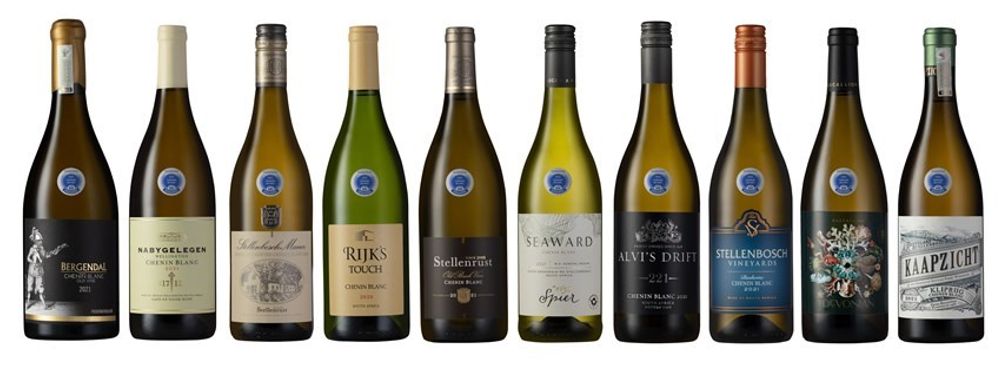
Best of the best Chenin Blancs in South Africa in 2022
The 2020 edition of Platter’s South African Wine Guide gave more star ratings to Chenin wines than any other varietal and Tim Atkin MW has proclaimed it as being “South Africa’s greatest wine grape”.
This is one area, however, where Stellenbosch has been quite happy to follow the big steps that have taken place in other regions, most notably in Swartland, in establishing the best expressions of Chenin Blanc.
Jeff Grier, cellar master at the family-owned Villiera Wines, says there is still so much more work to be done to really identify the best plots and future for Chenin Blanc.
“Stellenbosch takes Chenin very seriously. Of our white varieties it is the most important and we have to ensure we drive its quality and the get the prices we need in the market,” he says. “Before it was seen as a work horse variety to put into blends. Now it is all about quality and every Chenin producer will have a reserve wine.”
Old vines influence
Chenin Blanc is another variety that owes so much to the old vines that are being identified as the backbone to so many of the best Chenins being produced. Thankfully there are fair few to choose from as Chenin Blanc makes up 51% of all old vines in South Africa.
The Chenin Blanc Association was doing painstaking work to protect old vines long before the formal Old Vine Project came along, stresses Smith. “We have got to keep old vineyards in the ground, but we need to make them profitable. We played a big part in keeping these old vines alive.”
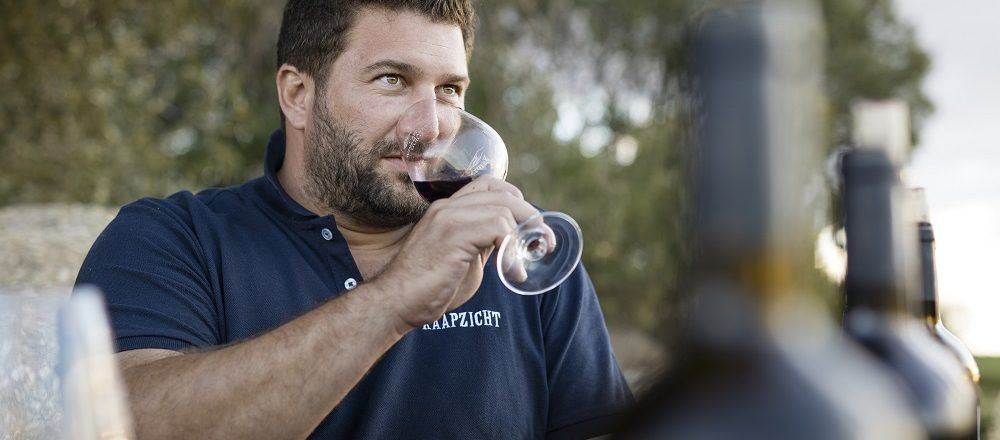
Danie Styler is following his father in making quality Chenin Blancs at Kaapzicht
Danie Styler, for example, is the fourth generation of a family winemaking dynasty at Kaapzicht in Bottelary Hills and is able to make wines from what is thought to be the second oldest Chenin Blanc vineyard in South Africa dating back to 1947.
Originally this six hectare block was making fruit to be sent away for bulk wine. Now only one hectare of the six remain and it helps make the award-winning The 1947 wine, a complex, deeply textured, honeyed, packed with peaches Chenin Blanc. Its made using whole bunch presses and natural fermentation in different sized French and Hungarian oak barrels and the 900 bottles produced quickly sell out.
Turning the corner
Ross Sleet, managing director of Rascallion Wines, says part of Chenin’s challenge was it was hard to get the domestic market behind it and get listings with the major buyers and retailers. “It was just not seen as a commercial option.”
That message appears to got through with South African Chenin Blanc sales up 8% in 2021 (CBA).
Grier says Chenin has its main export markets to thank for its recent surge of success. Villiera, for example, works with Richard Kelley MW and Dreyfus Ashby in the UK. “They [export markets] realised this was the country that was supplying the best Chenins. Particularly wines that go well with food. We are seeing consistent growth for Chenin in all our key markets.”
Sleet agrees: “We are now seeing more well executed Chenins in the UK. Wines that well over deliver at their price point.”
Rascallion is working with Propeller and Good Pair Days to push its range of Chenins that includes the With Love From the Cape varietal range that retails around £8.99. It uses a negociant approach in order to buy in the right components of fruit to give it the bright peach style it is looking for. “You need to get that consistency in fruit and style,” says Sleet.
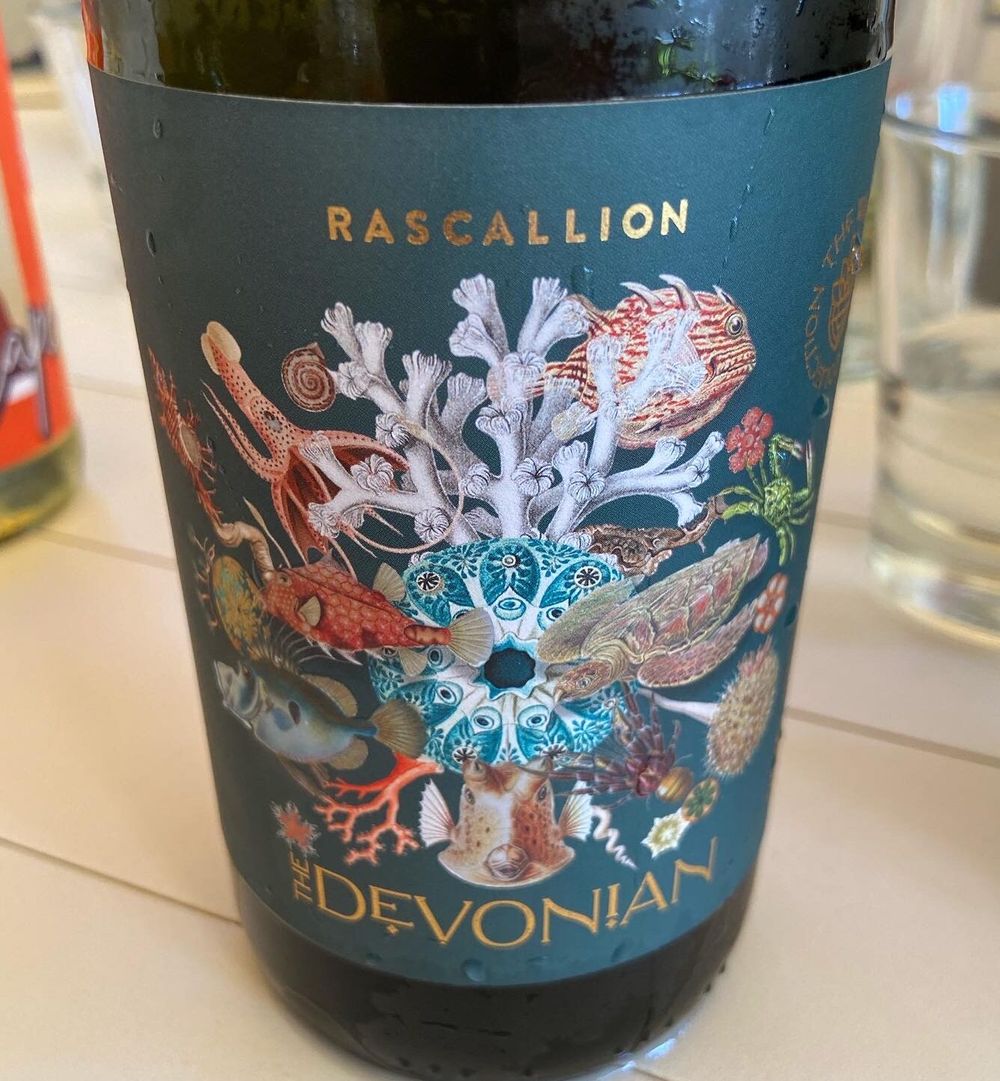
The Devonian from Rapscallion looks to offer a softer style of Chenin Blanc
It is also making more complex, barrel fermented Chenins – its premium Winemakers Collection and The Devonian – where Sleet is looking for “softer, gentler, mid palate wines,” based on using riper fruit that retail around £20-£25.
Kleine Zalze has done more than most in putting Chenin Blanc on the international wine buying map. It makes up over half its production and 50% of its exports and works with a number of growers and vineyards across Stellenbosch to source its fruit, says cellar master, RJ Botha.
“We work with growers and have about 500 to 600 tonnes of certified old vine Chenin. So we are probably one of biggest handlers of old vine Chenin in the county,” he says. “We look for decomposed granite and shale soils.”
Defining its styles and flavours
For all its recent success the story of Chenin Blanc in Stellenbosch and South Africa is still in its early days. “We are still trying to determine what our style of Chenin Blanc is,” says Grier. “There are so many different styles to choose from.”
Which is why the Chenin Blanc Association is trying to get its members to use key descriptor phrases on its labels so that the consumer gets to understand what South African Chenin Blanc is.
It has invested time and money over recent years into a series of studies investigating the quality and sensory aspects of the variety as a whole and old vine Chenin in particular. Work that has helped define South Africa’s Chenin style against its peers around the world, and to help build a taste and mapping profile that has culminated in creating its own taste flavour wheel.
To help communicate all the different styles of Chenin there are, the CBA is working on a scaling system that wine producers can use on their labels that identify whether a wine is say rich, fruity or fresh. A QR code will then take you to the relevant part of the Chenin tasting wheel to give more details.
Inclusivity
The Chenin Blanc Association is also working with black sommeliers, WineTech and Vinpro to help it create a tasting and flavour chart that can be translated and be relevant in different African languages, including Zulu and Shona in what it believes is an industry first.
It reflects the wider diversity steps being taken in the region, and country as a whole, and also the growing interest in wine amongst the black middle class. “It simply makes sense” says Ina Smith “to talk to this large and growing new audience of wine drinkers in literally their own language, but using descriptors and flavour comparisons that are relevant to what they eat, drink and can relate to”.
“We need to try and address the massive disconnect there is in all the descriptors we use for wine. We are currently using a language they don’t understand.”
Different styles
Whilst a large proportion of the commercial Chenins being produced now have that freshness up front, strong fruit characters and bright acidity, the higher up the quality ladder you go the more barrel aged and wood driven wines you come across.
This is where regionality can come into play, says Grier, with Stellenbosch making far more maritime influenced Chenins than in the drier, fuller styles associated with Swartland. “In Breedekloof it is a richer style,” adds Smith.
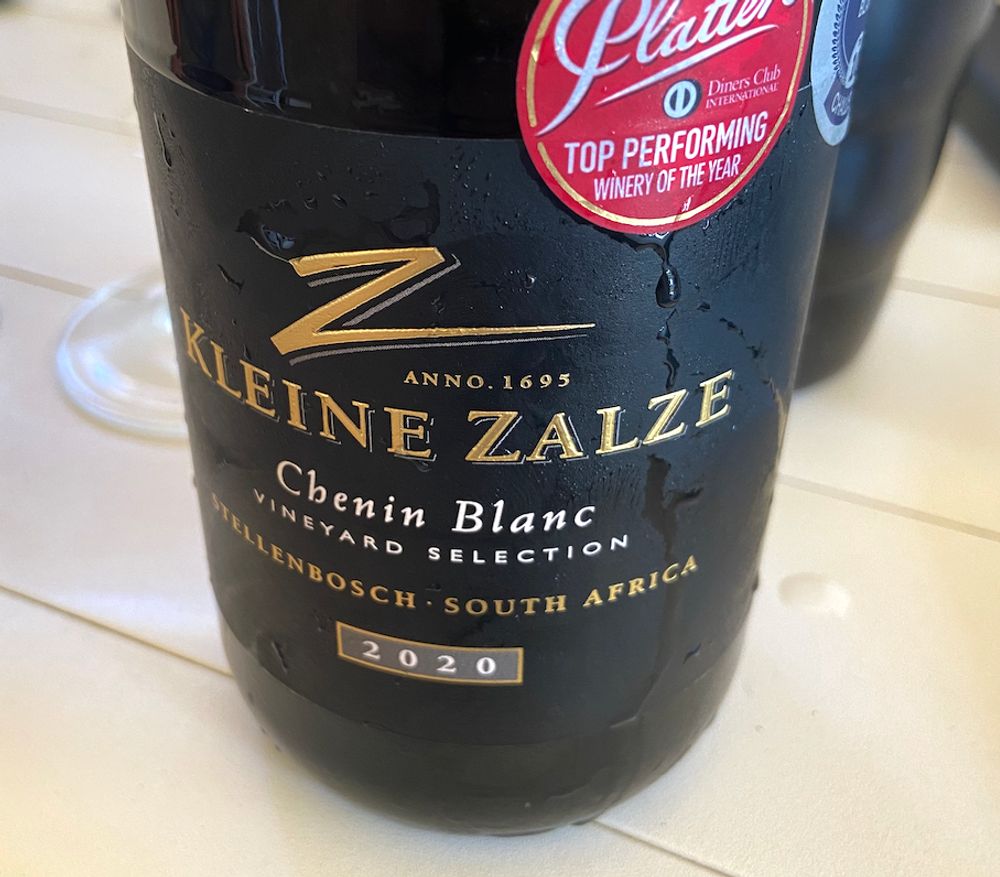
Botha at Kleine Zalze says he is looking to make more fruit driven styles of Chenin in its Vineyard selection, where the oak is only there as a “light influence” and he is able to “keep things as simple as possible”. “Ten to 15 years ago they would have been much bigger and bolder.”
Heinrich Stipp, sales and marketing manager at Stellenrust Wines, says he likes the fact there are so many different styles of Chenin Blanc. That’s one of its key strengths. Stellenrust has 15 different Chenins of its own.
“Journalists want to force Chenin into one style, but it is such a chameleon. That is why we have created an educational three pack of wines to show what is possible with wines made from just one parcel of land.”
The three wines all come from a block of 1962 vines and include: Naked Truth, which is made from wild yeasts to show Chenin in its most naked form, using cold maceration and stainless steel tanks; Secrets and Lies which is partially reductive winemaking, wild yeast ferment and kept four or five year old French barrels for seven months; Indecent Obsession which was made using new oak, with a higher residual sugar, and a reflection of the more old-school, blockbuster style of Chenin.
Regional strengths
Within Stellenbosch the Bottelary Hills has emerged as one of its key sub-regions for Chenin and is home for leading producers including Villiera, Kaapzicht and Stellenrust.
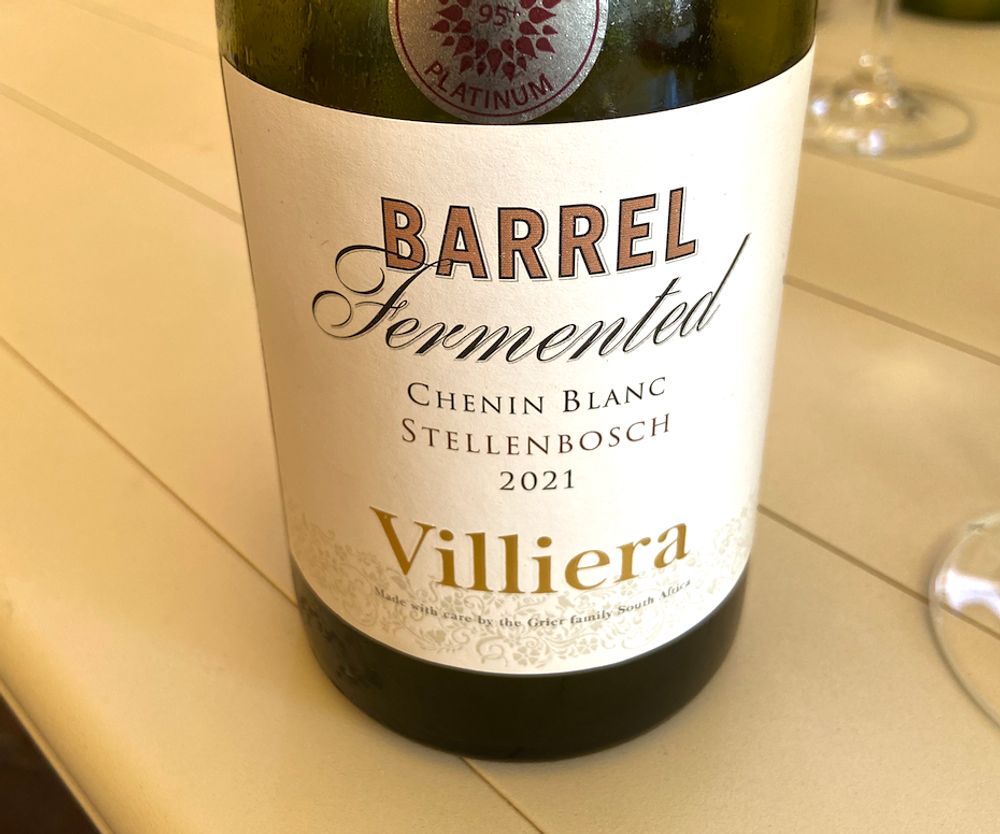
Villiera looks to make gourmet, gastronomic styles of Chenin Blanc
Villiera, which is more renowned for its Cap Classique wines (40% of production), leans on the richer, lees-based, barrel fermented, gourmet side of Chenin Blancs. Picking grapes as ripe as they can be from vines dating back 55 years.
For its core Kaapzicht wines, Steytler follows reductive winemaking techniques, including destemming, and cold maceration in stainless steel tanks. “I want to preserve as many of the flavours I can in order to make more fresh, fruit driven wines that we can get into the market quite quickly,” he says.
Sleet adds: “Stellenbosch over delivers with those primary fruit flavours. It offers good expression of terroir and a good expression of fruit. It’s reliable. I know what I am getting. That’s also what Chenins bring to a blend. Nuanced flavours.”
Pushing boundaries
Stellenbosch winemakers are also looking to use different ageing and maturing vessels to make the next generation of Chenin Blancs from this region.
Kleine Zalze has introduced a number of wines under its Project Z initiative to give Botha and his team the freedom “to search for the ultimate expression from a vineyard” which is not always easy to do for a producer of its scale.
Which for Kleine Zalze and Chenin Blanc means using old vines, combined with concrete eggs and amphora in the winemaking process to give the wine as much “freshness and purity of fruit” that it can. Its Project Z Chenin Blanc 2019 and Skin Contact 2019 both come from over 40 year old vines in Stellenbosch’s Firgrove region that are hit by winds from the Atlantic Ocean.
“We want to see how we can evolve our current wines for the future,” says Botha. “This s good clean winemaking. We ferment, add the sulphur, fold up the ferment and then age for 10 to 11 months in amphora to enhance the clean quality of the wine. We want to bring out the expression and character of the wine. We want to show where these vineyards come from. We are not making these wines to be funky. We just want to give more layers to it. It is very much a food wine.”
He adds: “Kleine Zalze has always had longer skin contact on its wines. It’s a signature of our wines.”
The key is to share what you learn, says Steytler. “That’s how we can all grow and become better winemakers as a result.”
Sleet says that whilst Swartland might have its rock star winemakers creating truly breakthrough wines they are only doing it small volumes. Stellenbosch producers have the “resources and scale” to really “bring a lot of love” to these projects and “can make a hell of a difference”.
Heinrich Stipp at Stellenrust adds: “You can’t blame the vineyard anymore.”
Chenin Blanc Association: Key facts
- Established in 1999
- 150 members
- 16,827 total hectares
- 1,371 ha in Stellenbosch – 8%
- 52% of old vines in South Africa are Chenin Blanc.
- You can download and read the full Stellenbosch Business Report produced by Richard Siddle for The Buyer in partnership with Stellenbosch Wine Routes here.































